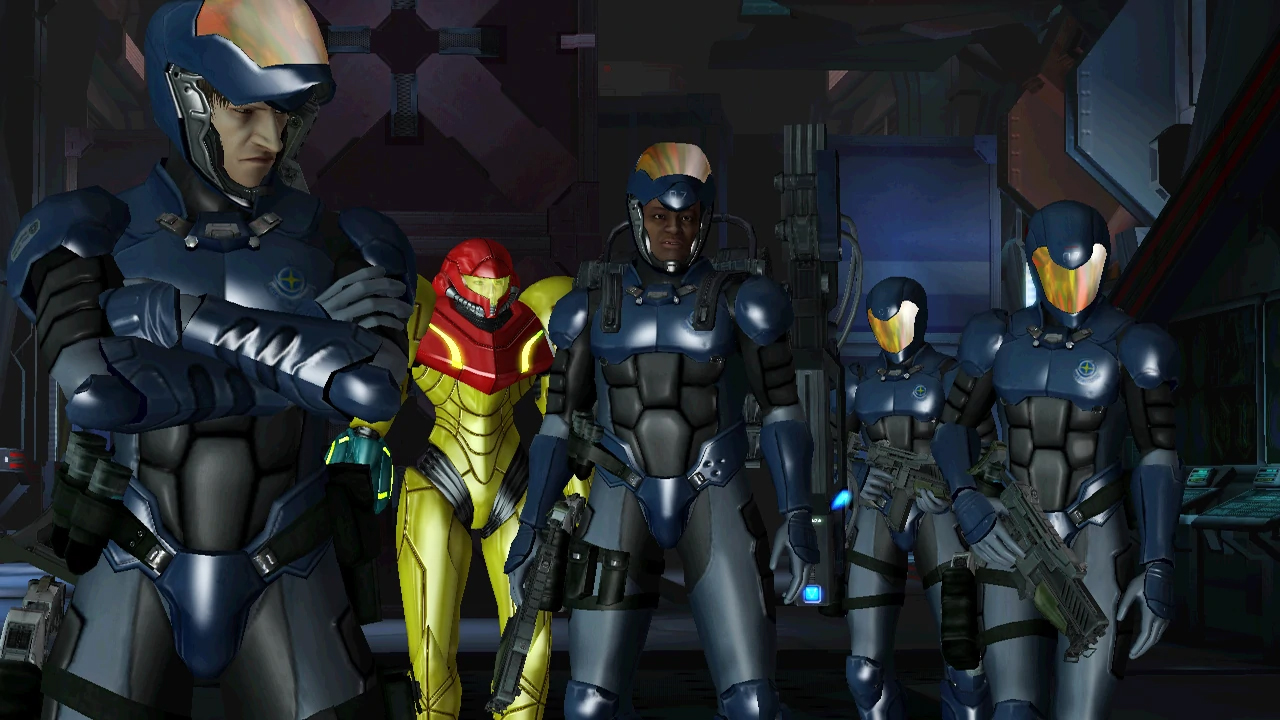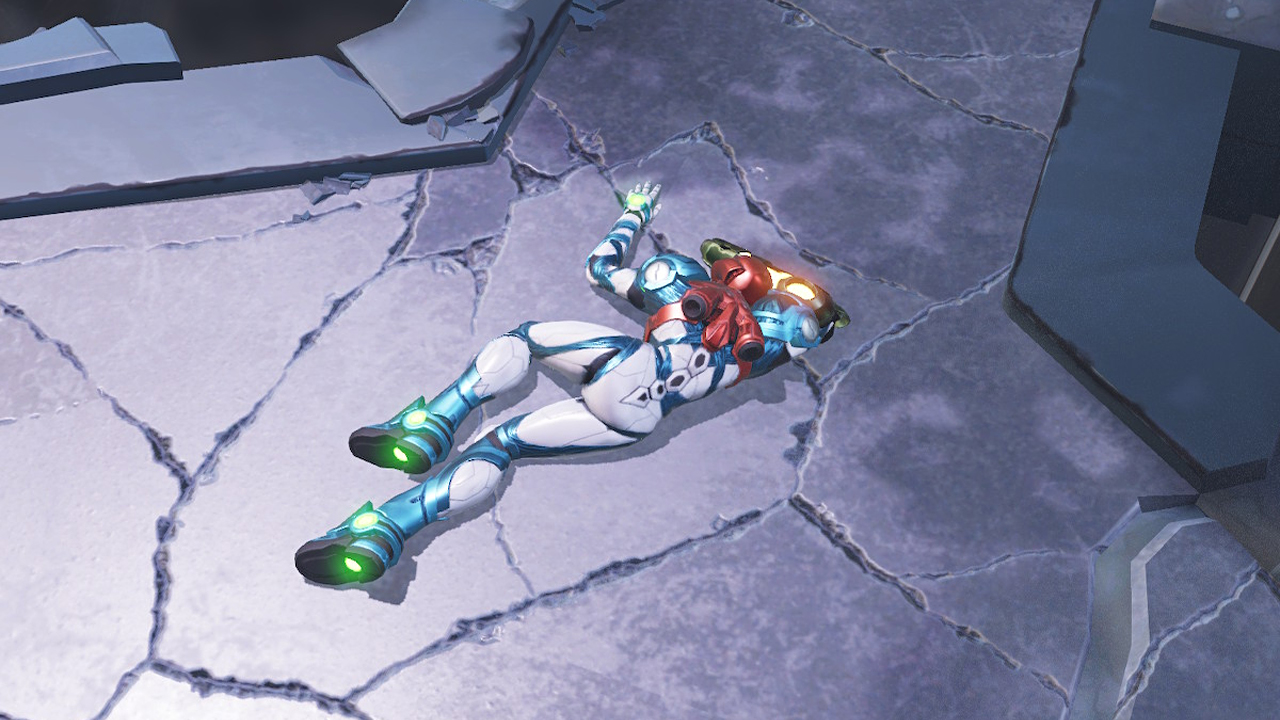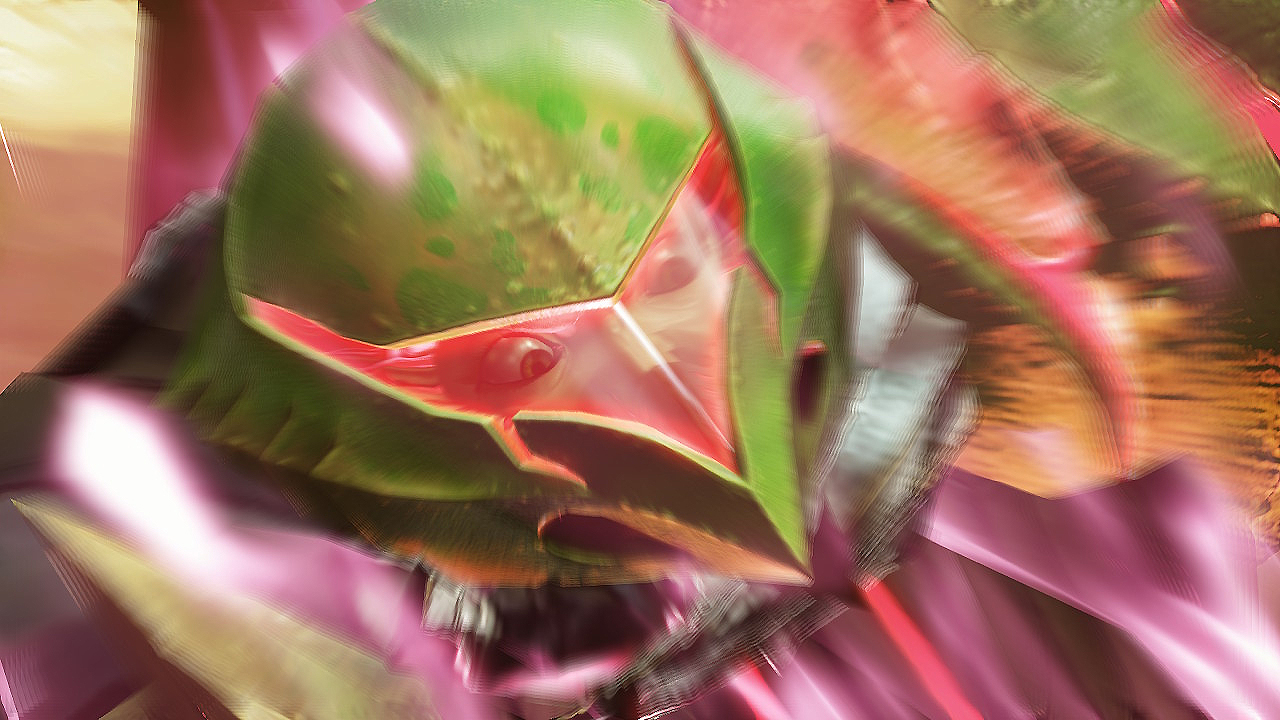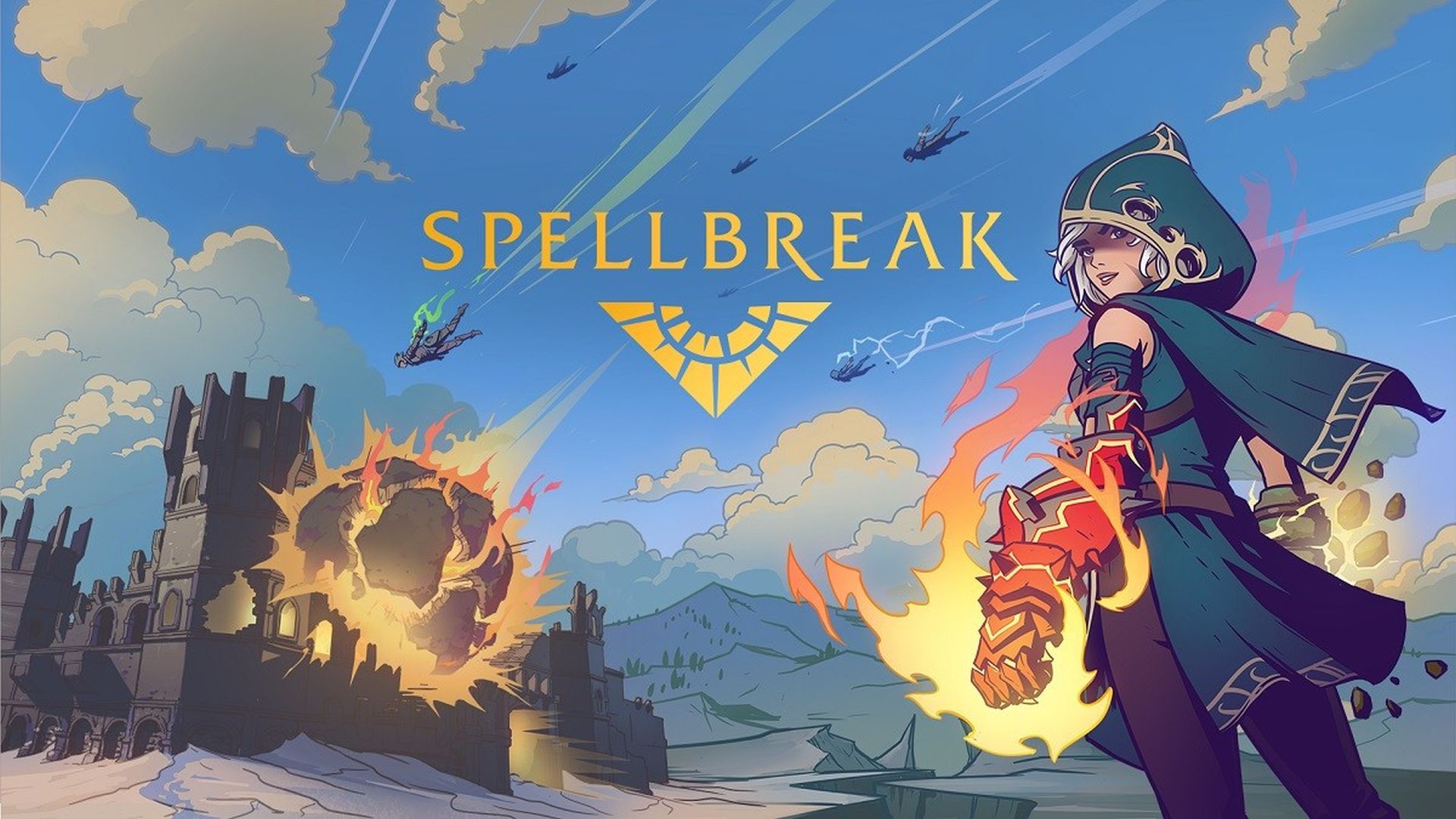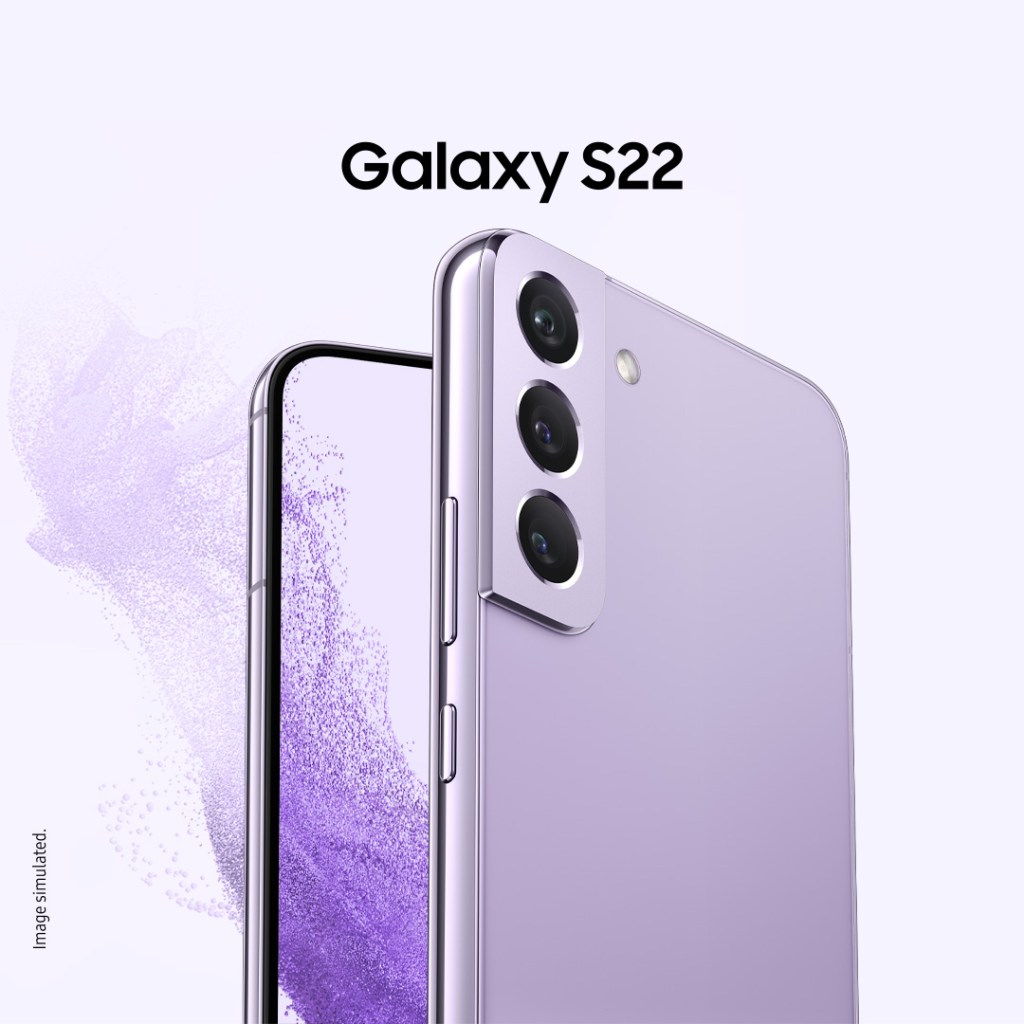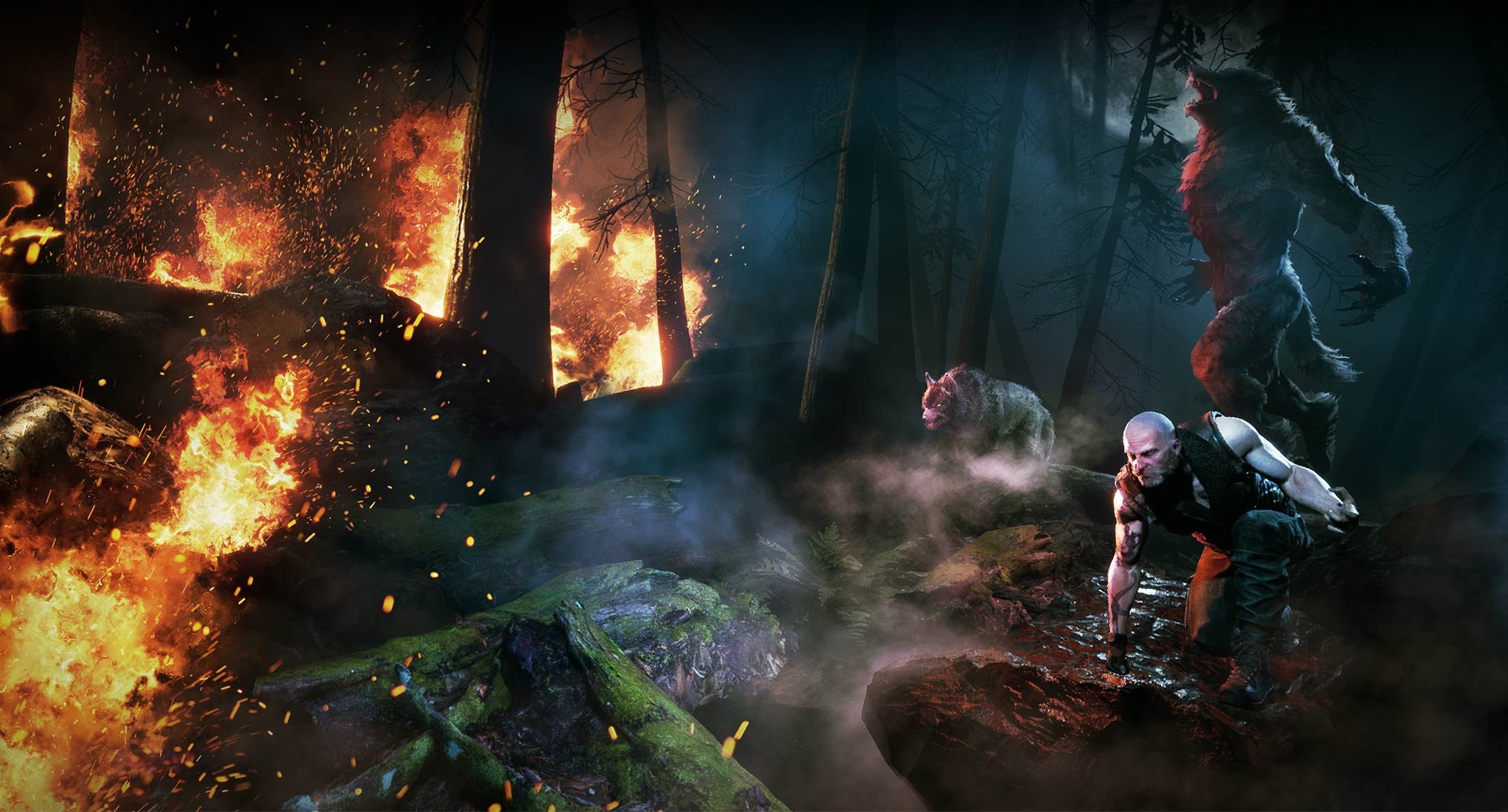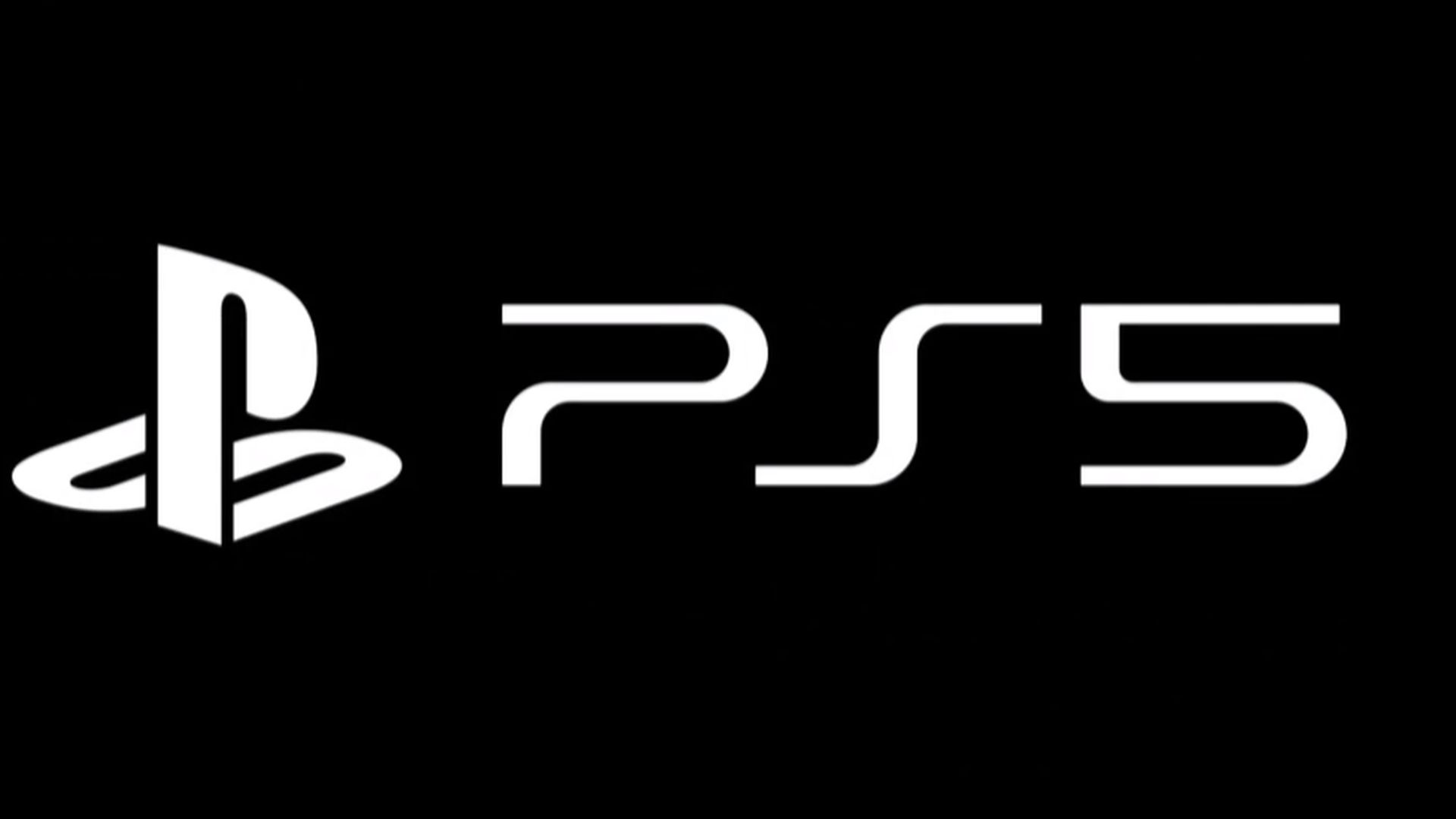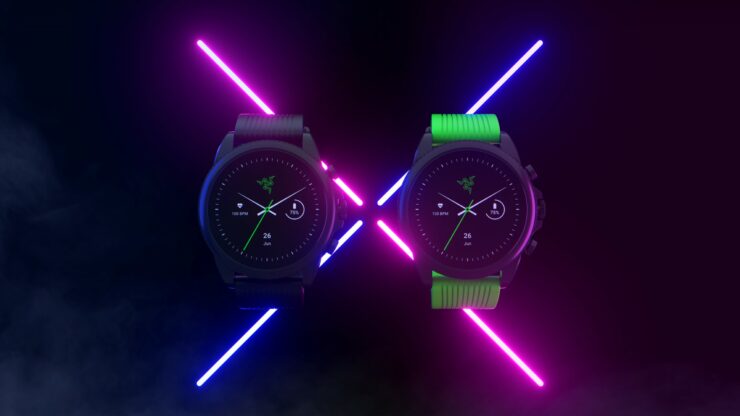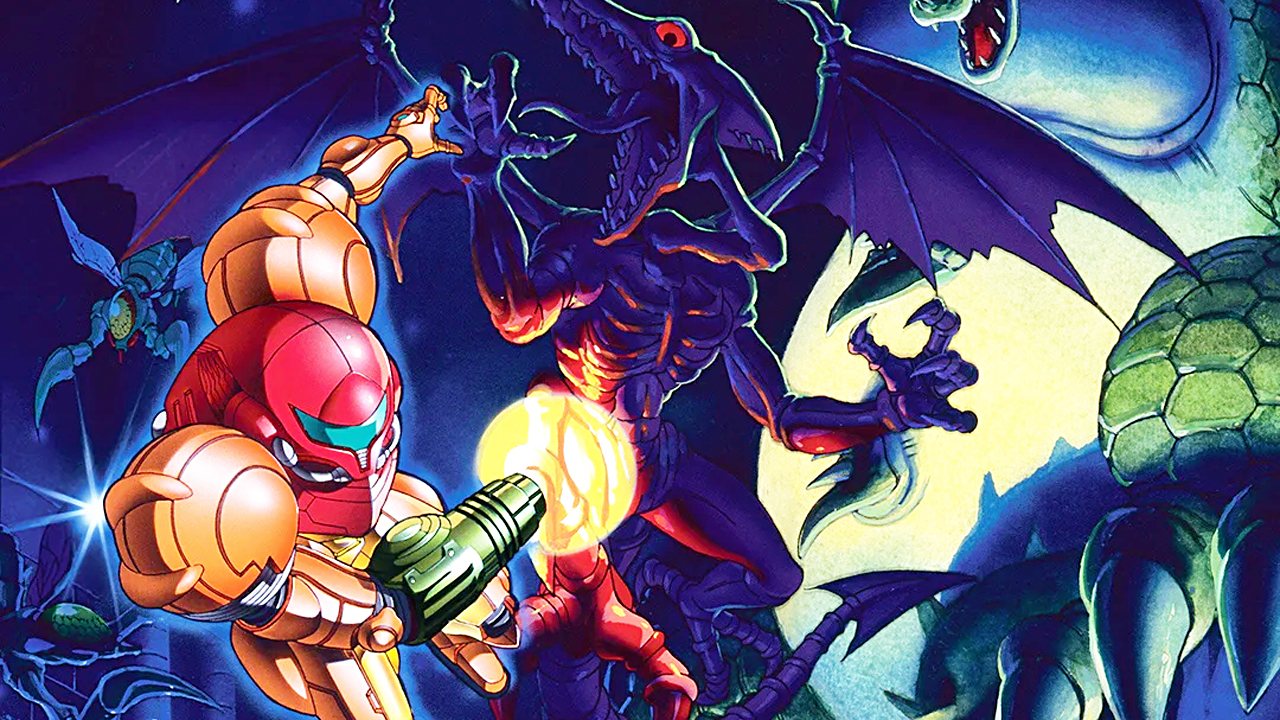
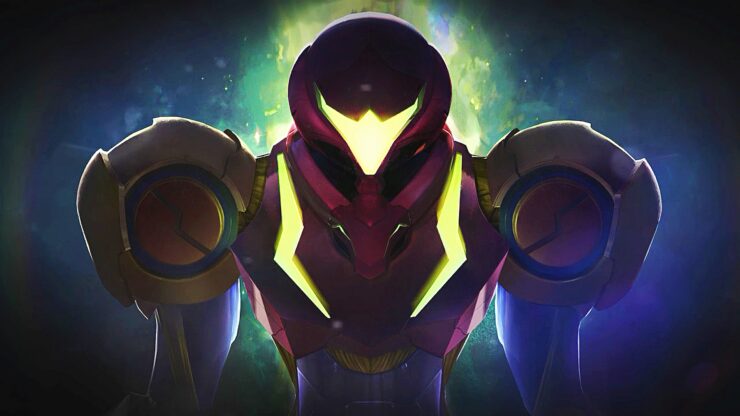
Warning: This article contains major spoilers for Metroid Dread (and the Metroid series in general).
Samus Aran is the coolest damn character in gaming… at least in theory. She’s essentially Han Solo crossed with Ellen Ripley with Iron Man’s armor and her own spaceship. It’s a combination that conjures up nearly endless possibilities, and yet, Nintendo doesn’t quite seem to know what to do with her. Samus got off to a great start, but the character’s been a bit of a mess for the past couple decades, and sadly, the recently-released Metroid Dread (while fun overall) doesn’t really address her longstanding issues.
The Samus Aran of the original Metroid was the ultimate self-determined badass. Oh, Space Pirates have stolen a terrifying bioweapon and managed to repel the entire Galactic Federation you say? Screw it, Samus barges in on her lonesome and lays waste to an entire planet’s worth of Space Pirates. And she’s not done yet! In Metroid II: Return of Samus she heads to the Metroids’ home planet and wipes them out too. She opts to spare a baby Metroid that imprints on her, which arguably shows a somewhat warped moral compass – you did just commit genocide on the rest of that baby Metroid’s species – but nevertheless, it’s a bold decision, right or wrong. When the Space Pirates return to steal the baby in Super Metroid, Samus sets off to spank the lot of them all over again. Her defiant choice to save the baby Metroid ends up playing to her benefit when it saves her life in the game’s final moments.
Nintendo insists that Metroid Dread is the end of the story that began with the original game in 1986, but that’s a stretch. The first three games in the series – Metroid, Metroid II, and Super Metroid – form a perfect, and relatively self-contained, arc about a steely, unstoppable force who sets off to save the galaxy from a very specific threat and is saved by her own brief show of mercy and humanity. Samus is the ultimate active protagonist in these games. That is to say, she pursues her own goals and almost everything that happens in the first three games comes as a result of her actions. Even the deus ex machina at the end of Super Metroid is made possible by Samus’ decision to save the baby Metroid. Samus isn’t just a cool character because she has a big gun and stylish power suit — you got the sense that she ran her corner of the galaxy. There were so many places Nintendo could have gone with Samus after Super Metroid.
Instead, we got Metroid Fusion, a game that begins in jarring fashion with Samus nearly dying after being infected by the X parasite. After everything she’s survived, it feels almost cruel to have her fall victim to such a random twist of fate, particularly when the game’s text implies Samus was badly disfigured by the attack (something Nintendo has never really had the courage to follow up on). And thus the Metroid became a series about things happening to Samus, rather than because of her. Recent Metroid games almost all begin with her either blindly following a mysterious distress signal (Metroid: Other M), caught unaware by some danger or trap (Metroid Fusion, Metroid Prime 2), or both (Metroid Prime). Samus no longer has her own goals or plans. In her newer games, she’s either just looking to survive or following orders. Over the past couple of decades, Samus has gone from an active protagonist to a passive one. From a self-assured badass to somebody who honestly seems kind of lost.
Metroid Fusion also began the series’ somewhat odd obsession with inflicting various punishments on Samus’ body. Fusion sees Samus infected by the X parasite and eventually fused with Metroid DNA, while the Prime series brings her into contact with Phazon with similar body-altering results. Stories have become less about any sort of external goal (the Metroids themselves have been largely irrelevant to the ongoing plot for a while) and more about Samus and whatever is going on inside her at the moment. Samus herself has become the series’ main MacGuffin. Rather than fun adventures about a tough space bounty hunter, Metroid stories have become ploddingly introspective with a weird dash of body horror.
Oh, and let’s not forget about Adam. Metroid Fusion introduced a computer AI that Samus seems all too eager to take orders from (we later learn it’s actually the stored consciousness of Samus’ former Galactic Federation commander Adam Malkovich). This is taken to ridiculous lengths in Metroid: Other M when we meet the real Adam, who Samus is so cowed by she won’t use any of her abilities until he expressly commands her to. While I think Other M doesn’t quite deserve its lowly reputation, it’s unquestionably the nadir for Samus as a character. Beyond her lack of a clear goal and sad kowtowing to Adam, nearly everything about her – voice, demeanor, etc. – is as passive as possible. This version of Nintendo’s bounty hunter wouldn’t just not shoot first, she’d ask Obi-Wan if she could shoot at all.
And that was the state Samus and the Metroid series was left in for over a decade until the release of Metroid Dread last month. Reaction to Metroid Dread has mostly been positive, sometimes enthusiastically so, and I understand the urge to praise the game, as it’s solidly made and represents a return to the kind of unsparing exploratory gameplay Nintendo has shied away from for so long. Unfortunately, Metroid Dread doesn’t fix Samus. Far from it.
While Samus does begin Metroid Dread with a specific goal to pursue – investigate a new source of the X parasite – she’s quickly ambushed by the game’s main villain, Raven Beak, and robbed of her powers. From that point on, her goal is to simply survive and escape the planet she’s on. She’s once again passive, reactionary, and in the dark about what’s actually going on. Adam is also back and Samus continues to happily take orders from the computer, never questioning where its insights are coming from. And yes, we learn halfway through the game that Raven Beak’s plot all hinges on Samus’ Metroid DNA, so we’re once again unhealthily fixating the body inside the power suit. Metroid Dread dials back the number of cutscenes and dialogue in general, and co-developer MercurySteam gives Samus a handful of admittedly cool action movie moments, so it’s easy to ignore that Nintendo has regurgitated the same old story beats again. Pent-up Metroid fans have been happy to focus on other things, and again, I get the impulse, but I couldn’t shake a certain feeling of disappointment when the credits rolled.
It does feel like Metroid Dread’s ending is, to some degree, looking to repent for Other M and some of the mistakes of the past couple of decades, but it’s not as effective as it could be. It’s revealed that the “Adam” Samus has been following was actually a tool of Raven Beak, and Samus reacts by destroying the computer. It’s clearly supposed to be a fist-pump moment for beleaguered long-time fans – screw you, Adam! We never liked you! But of course, it’s not the real Adam, and Samus only turns on her digital commander once Raven Beak drops the façade and makes very clear he’s controlling the computer. It feels like she would have happily continued following orders if Raven Beak hadn’t blown the secret.
And the revelations keep coming – not only is Raven Beak Samus’ father (in a sense, as her Chozo DNA comes from him), but we learn the entirety of Metroid Dread was just a gauntlet designed to awaken her Metroid DNA. In other words, Samus had less control over the events of Metroid Dread than any game in the series to date. This is Raven Beak’s story more than Samus’. Ultimately our heroine manages to defeat Raven Beak, but her victory doesn’t come as a result of her courage or ingenuity, but because her Metroid DNA essentially turns her into Super Saiyan Samus through no intentional doing of her own. Metroid Dread’s Samus doesn’t even get to be in control of her own life when murdering her own dear old dad.
It’s hard to say where the Metroid series and Samus herself goes from here. I honestly don’t think they’ll make the mistake of bringing back Adam or a similar babysitter again. Even if it wasn’t perfectly executed, I do think Samus blasting “Adam” was supposed to be a symbolic moment. But then there’s the fact that Samus is, biologically at least, now the last Metroid. It’s a clever contrivance, as it allows Nintendo to keep the “Metroid” title for the franchise while leaving the actual space jellyfish behind, but I worry about what it means for Samus as a character. Can we look forward to more stories driven by villains targeting Samus and her valuable genes rather than her own actions? It feels all too likely.
That said, if Metroid Dread did close a chapter for Samus, I still hold out hope for the next one. And what do I want for future games like Metroid Prime 4? Nothing radical really… have Samus be driven by a goal of her own, whether that be fortune, a quest to uncover her past, or perhaps some sort of higher cause. Have her choices drive the narrative. Make her a dangerous lone wolf again. Oh, and how about a scene where Samus shares war stories over drinks with Captain Falcon and Fox McCloud? Okay, maybe that one’s a bit too far, but there’s no harm in thinking big. The galaxy’s the limit Nintendo, so let’s go.
The post Metroid Dread Doesn’t Save Samus from Decades of Bad Storytelling by Nathan Birch appeared first on Wccftech.

